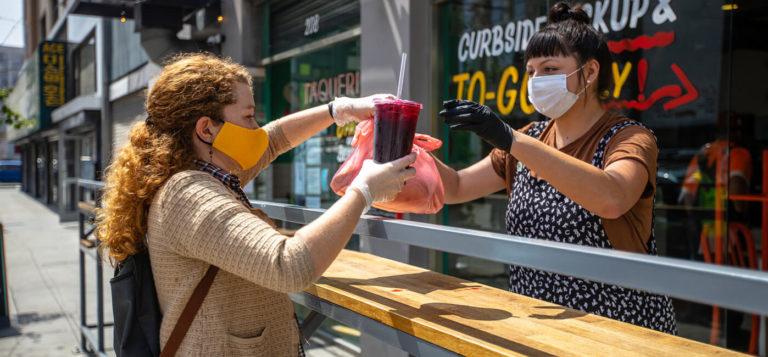Location data doesn’t mean what it used to. There was a time when it was simply for firing off discount ads to nearby consumers. It still does that, but it also reveals offline customer journeys — something far more valuable — which I covered in part-one of this series.
This has serious impact on how brands think about publishers. A location advertising platform offers a way for brands to expand their advertising to the channels where they can get the greatest returns, even if it isn’t with the biggest and most prominent publishers.
Myth #2: Only premium publishers matter
Truth: ‘Premium’ is now about the quality of the placement, not the publisher
Today, brands are very concerned with where their ads appear. It’s a reaction to the click-farms and fraudsters who have cost the industry billions. Nobody wants their ads to be displayed near offensive content, and rightfully so. But has the focus on brand risk gone too far at the expense of driving real business growth?
Clients sometimes begin sales meetings by asking for a list of top-tier apps. GroundTruth has those in spades, but it also works across thousands of verified high quality apps. Companies that let brand risk scare them out of testing new opportunities are missing out on real results.
Context is no longer just about the content we consume. The internet allows for such an abundance of information that niche audiences exist everywhere, and digital ad tools can help brands target them. GroundTruth-owned WeatherBug, for example, is the 68th largest app in the U.S. If you get hung up on advertising on CNN or ESPN because some research said your audience watches or reads their content, you’ll miss advertising to the consumers who have visited your store and check WeatherBug every time before they go.
Because brands can advertise with WeatherBug based on location data, which is much harder for bots to fake, they know that that impression is real. Even if they haven’t heard of it, they can trust it as a publisher.
In this new world, the definition of premium has changed. It’s not just about the quality of the publisher – it’s about the quality of the placement. It’s about having the right ad in front of the right audience. As GroundTruth Vice President of Retail & Restaurant, Alicia DiStefano has pointed out, based on her own search history on NFL.com and ESPN, any advertiser may think she’s a guy. But offline, she visits Bloomingdales and gets her nails done. Without those offline details, they would (and often do) have her profile all wrong.
The top four broadcast networks, magazines, national newspapers, and digital-first premium publishers will always be valuable. And it’s always a good idea to consider a blackout list. But it doesn’t make sense to exclude all the publishers that aren’t top-tier because you’ll miss out on actually reaching the right people. And those right people aren’t always who you think they are.





